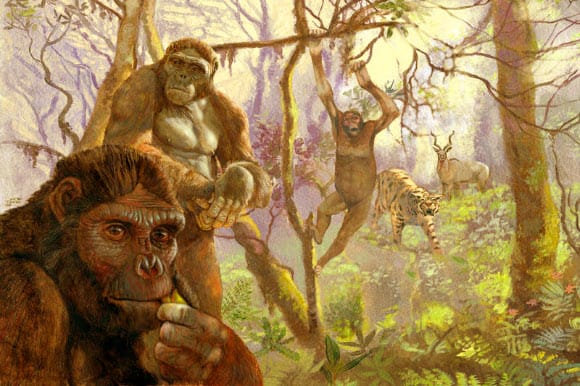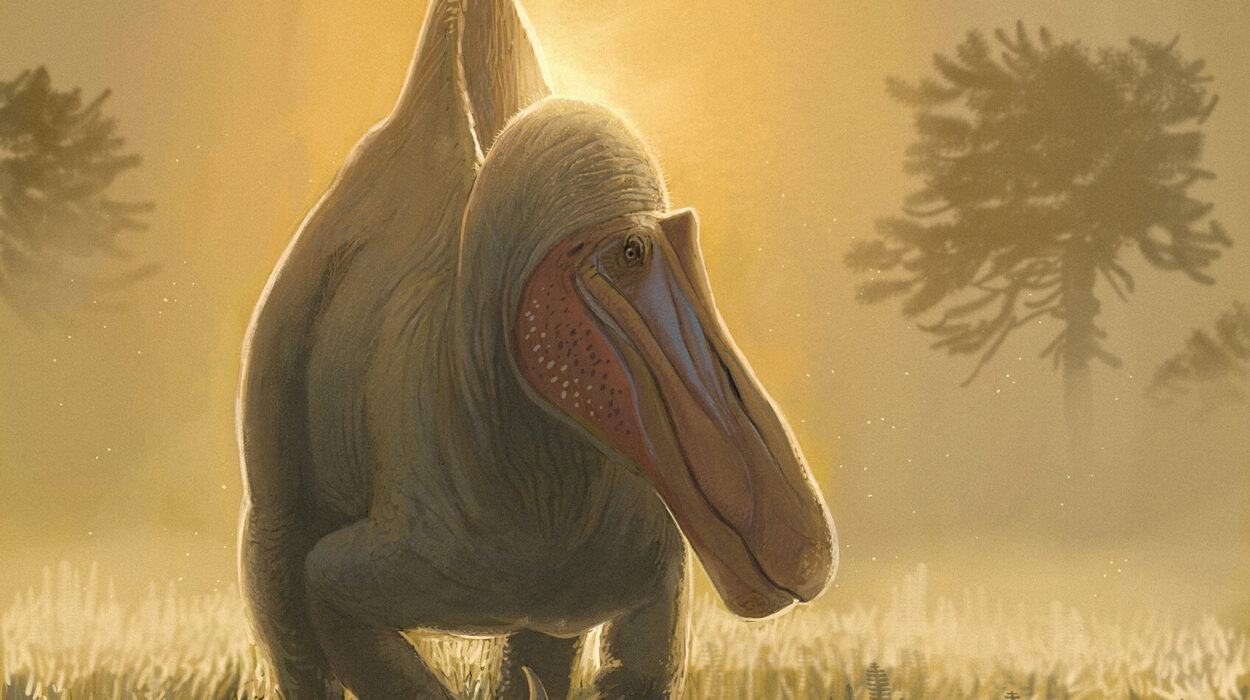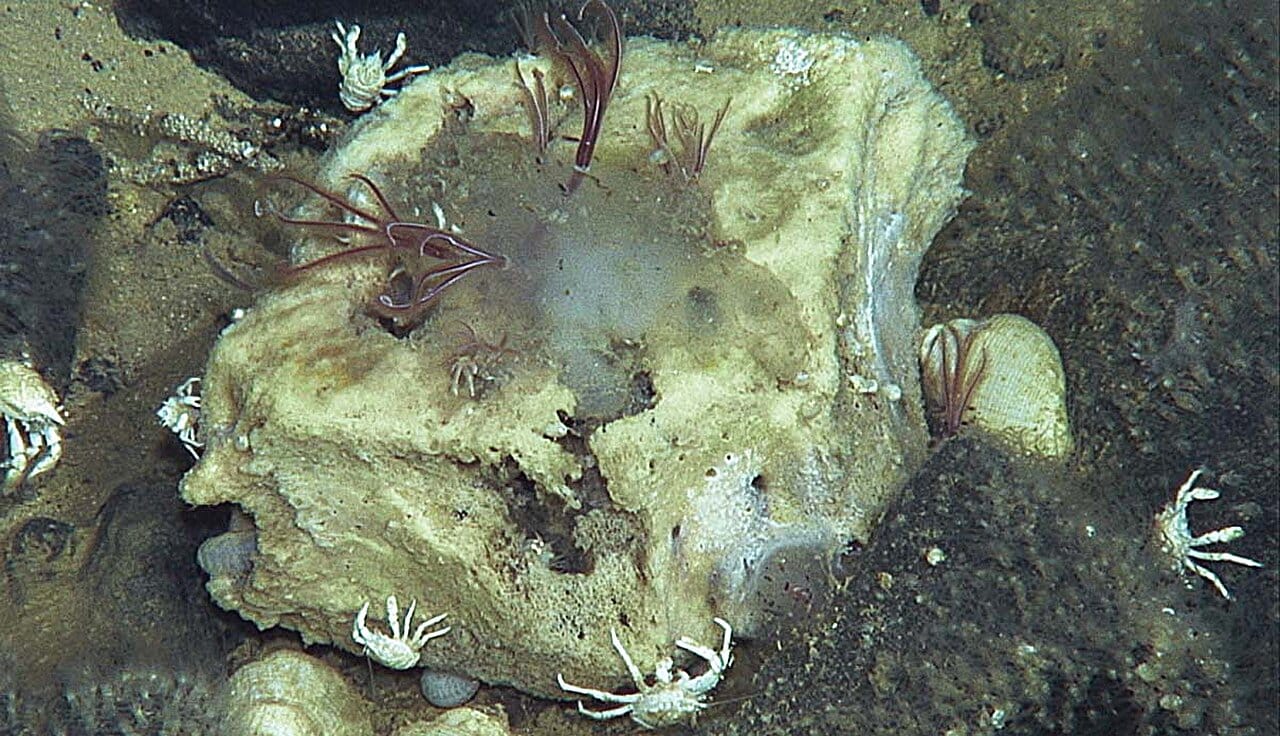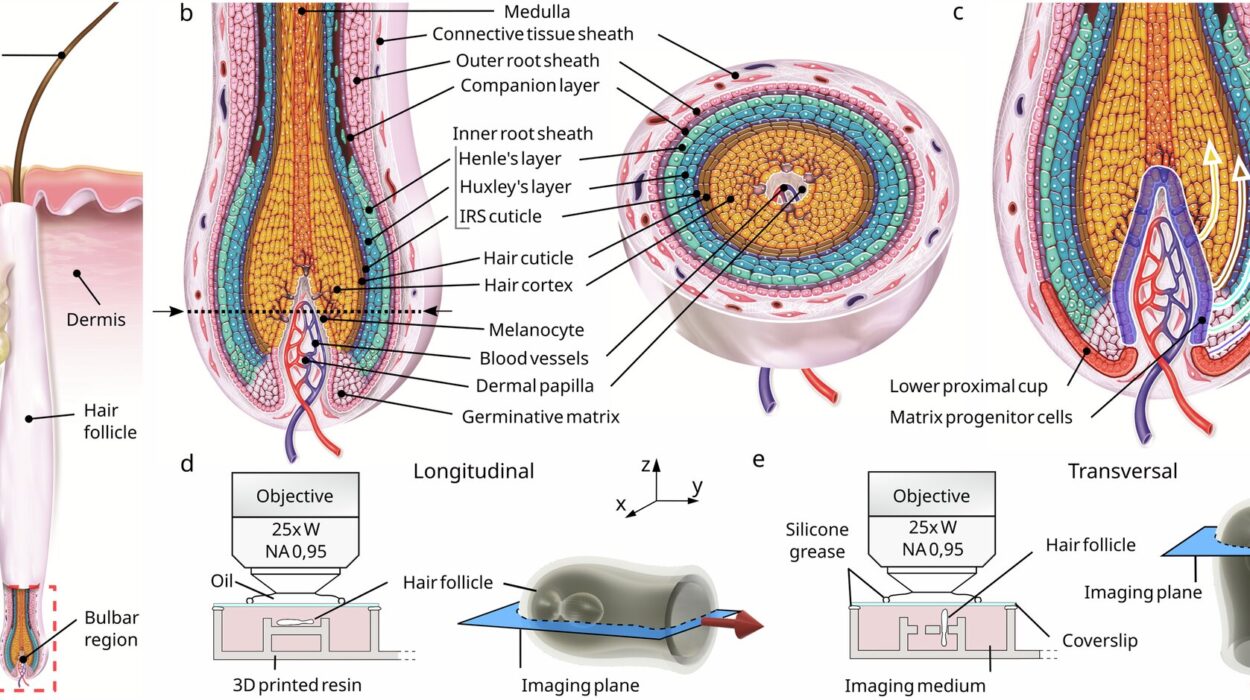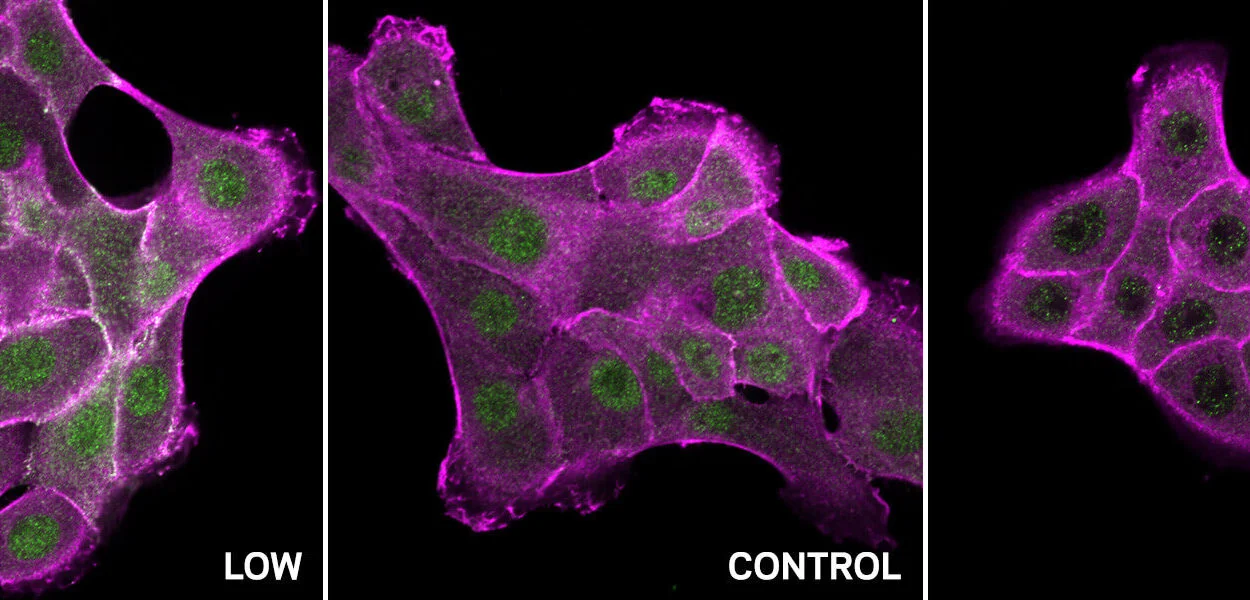There is something profoundly human in our search for origins. We look at the stars and wonder where the universe began. We look at ancient fossils and ask where life itself came from. But perhaps no question grips the human imagination more tightly than this: Where did we come from?
This question doesn’t only concern religion or myth—it is deeply embedded in science, and more specifically, in the science of evolution. The theory of evolution offers a sweeping, majestic answer to that question, revealing a long, branching tree of life that stretches back more than 3.5 billion years. But in the midst of this grand picture, there lies a phrase that has become almost mythical itself—”the missing link.”
To the general public, the missing link conjures the image of a half-human, half-ape creature emerging from the jungle with one foot in the trees and the other on the African savanna. It’s a romantic idea, this transitional being, this long-lost ancestor that bridges the divide between our primitive past and our modern selves. But is it scientifically accurate? And what does the phrase actually mean?
Understanding what a missing link is—and what it isn’t—requires a deep dive into the very foundations of evolutionary theory, the fossil record, and the human desire to trace a single, linear line through the chaotic history of life on Earth.
Evolution as a Branching Tree, Not a Straight Ladder
The phrase “missing link” originally stems from the 19th century, at a time when evolutionary science was still young and heavily influenced by earlier, more linear ways of thinking. Before Darwin, many people imagined the history of life as a ladder: a progression from lower life forms to higher ones, with humans at the top. This concept, known as the “Great Chain of Being,” placed organisms in a strict hierarchical order—from minerals and plants to animals, apes, and ultimately, man.
But Charles Darwin changed that forever. His theory of natural selection showed that evolution is not a straight line of progress but a sprawling, tangled, branching process. Every living thing descends from a common ancestor, and each branch in the tree of life represents a lineage that split from others due to environmental pressures, genetic mutations, and adaptation over time.
There is no single path from “primitive” to “advanced.” There are only branching trails that sometimes reconnect and often vanish altogether in extinction. In this light, the idea of a “missing link” can be misleading. It suggests that evolution is a march toward a predetermined goal—usually humanity—rather than the unpredictable unfolding of life in all its diverse forms.
The Search for Transitional Forms
That said, there is a scientific meaning to the concept of a missing link, though scientists prefer the term “transitional fossil.” A transitional fossil is one that displays traits common to both an ancestral group and its descendants. These fossils offer physical evidence of how major evolutionary transitions occurred—such as the move from water to land, from reptiles to birds, or from ape-like ancestors to modern humans.
These fossils are not “missing” in the sense that they’ve been lost or forgotten. Rather, they fill in the gaps in our knowledge of evolutionary pathways. Finding one is like discovering a page from a torn book—it doesn’t complete the story, but it gives us critical information about what came before and what followed after.
Transitional fossils are important because they show that evolution proceeds gradually over time through the accumulation of small changes. They are the connectors between major evolutionary innovations. But they are also rare because fossilization itself is rare. Most organisms die without leaving a trace. Only under special conditions—rapid burial, mineral-rich environments, low oxygen—can bones or impressions be preserved over millions of years.
So when paleontologists do discover a fossil that exhibits both ancestral and derived traits, it is a triumph of both luck and scientific perseverance. These discoveries deepen our understanding of how life changes and adapts. They do not show a sudden transformation but rather a mosaic of features that blend and evolve over time.
Famous Fossils That Changed Everything
Perhaps the most famous transitional fossil of all is Archaeopteryx, discovered in 1861 in the limestone quarries of Bavaria. With feathered wings like a bird but teeth, claws, and a long bony tail like a reptile, Archaeopteryx was a stunning confirmation of Darwin’s theory. It bridged the gap between non-avian dinosaurs and modern birds, showing that flight evolved gradually, not through a sudden leap.
Another remarkable example is Tiktaalik, found in 2004 on Ellesmere Island in the Canadian Arctic. This 375-million-year-old fossil shows a fish with lungs, a neck, and limb-like fins—precisely the traits needed for life on land. It fits perfectly in the transition from aquatic lobe-finned fishes to the first tetrapods, or four-limbed vertebrates. Tiktaalik was a creature of two worlds, perfectly adapted for shallow-water living and poised to explore the land.
Then there’s Australopithecus afarensis, famously represented by the fossil skeleton known as “Lucy,” discovered in 1974 in Ethiopia. At 3.2 million years old, Lucy walked upright on two legs but had a small brain and long arms suited for climbing. She was not a human, but not entirely an ape either. Lucy is a crucial transitional form in the human lineage, showing how bipedalism evolved long before large brains.
These examples—and many others—do not constitute a single “missing link” but rather a growing network of transitional forms that map the intricate branching of evolution.
The Myth of the One Perfect Fossil
Despite these discoveries, popular culture continues to crave the singular, iconic fossil—the one magical creature that bridges the gap once and for all. But evolution doesn’t work that way. There is no one fossil that connects chimpanzees to humans, or fish to amphibians, or dinosaurs to birds. The fossil record doesn’t reveal a perfect line, but a branching bush of possibilities.
Moreover, the term “missing link” implies that the fossil record is somehow broken or incomplete. While it’s true that many gaps remain, the past two centuries of fossil discovery have filled in countless blanks. In reality, the fossil record is far richer than most people realize.
Scientists have uncovered hundreds of transitional forms, from the amphibious whale ancestors like Ambulocetus to feathered dinosaurs like Microraptor. Each new find adds detail to the evolutionary story, not by completing it, but by complicating and enriching it.
It’s also worth noting that many transitions occur not through the evolution of a single species but through a population undergoing gradual changes over time. Fossils capture only a snapshot of that process, often preserving individuals that were themselves “in-between” forms, with a mix of primitive and advanced traits. Evolution is not a staircase with clearly defined steps—it’s a shifting landscape of change, experimentation, and adaptation.
Human Evolution and the Obsession with Our Own Origins
Nowhere is the idea of the missing link more persistent—and more emotionally charged—than in the search for human origins. For centuries, people have wondered how Homo sapiens emerged, and whether a single fossil might explain the moment when we became “truly human.”
Early discoveries in the 19th and 20th centuries—like Neanderthals, Homo erectus, and the so-called “Java Man” and “Peking Man”—stoked debates about our ancestry. Were these primitive humans our direct ancestors or evolutionary dead ends? Where did modern humans come from, and when did we begin to walk, think, and feel like we do today?
Today, the field of paleoanthropology has a much more nuanced view. We know that human evolution was not a straight line but a complex web of species, many of which lived simultaneously and even interbred. The story includes not just Australopithecus and Homo erectus, but Homo habilis, Homo naledi, Homo floresiensis, Denisovans, and Neanderthals—among others.
Recent genetic research has shown that modern humans carry traces of Neanderthal and Denisovan DNA, meaning that our ancestors did not simply replace other hominins, but mingled with them. The line between “human” and “not human” becomes increasingly blurred the more we learn.
Rather than searching for a single missing link, scientists now focus on building a detailed, multi-branched tree that reflects the true complexity of our origins. Each fossil, each DNA sequence, each archaeological site offers another piece of the puzzle—not to find “the first human,” but to understand the long process by which humanity evolved.
The Role of DNA and Molecular Fossils
While the traditional image of a fossil is bones buried in rock, the study of evolution has entered a new era—one shaped not only by physical fossils but by molecular ones.
Thanks to advances in genetics, scientists can now trace evolutionary relationships by comparing the DNA of living species. The more similar the genetic sequences, the more recent their common ancestor. This technique, known as molecular phylogenetics, has revolutionized our understanding of evolutionary trees.
In some cases, scientists can even extract ancient DNA from fossilized remains. This is how the Denisovans were discovered—not from a full skeleton, but from a single finger bone and a few teeth found in a Siberian cave. The DNA told a story that no eye could see: a lost population of archaic humans who once roamed Asia and contributed to the genetic makeup of modern Melanesians and other populations.
Genes themselves can serve as missing links. Endogenous retroviruses, for example—ancient viral DNA sequences embedded in our genomes—act as molecular fossils, revealing our shared ancestry with other primates. Molecular clocks, which estimate the rate of genetic mutations over time, can help pinpoint when lineages diverged.
In this way, the modern toolkit of evolutionary biology has expanded far beyond the pickaxe and brush. The hunt for missing links now includes sequencers, algorithms, and data models—tools that reveal invisible connections in the genetic tapestry of life.
Why the Idea Still Captures Our Imagination
Despite the scientific complexity, the phrase “missing link” persists in popular language. It appears in headlines, documentaries, museum exhibits, and even cartoons. Why? Because it speaks to something deeper than science. It taps into a fundamental human longing: to understand our place in the grand narrative of life.
The missing link is not just a fossil—it is a symbol. It represents the moment of becoming, the bridge between who we were and who we are. It offers a glimpse of transformation, the point at which the past becomes the present.
This longing is not misguided, but it needs to be informed by science. The true story of evolution is not about finding a single answer, but about embracing the complexity of a process that has no final destination. We are not the goal of evolution, nor its pinnacle. We are one branch among many—remarkable, yes, but not unique in our capacity for change.
Conclusion: The Link That Was Never Missing
So, what is a missing link in evolution?
It is not a single fossil that connects apes to humans, or fish to amphibians. It is not the answer to a mystery so much as a clue in a much larger, ongoing investigation. It is any piece of evidence—fossil, genetic, anatomical—that helps us understand how life transforms across deep time.
In truth, the “missing link” was never really missing. It was a concept born of misunderstanding, a relic of a linear view of evolution that science has long since outgrown. The real story of evolution is far richer, more tangled, and more awe-inspiring than any single fossil could capture.
We are all, in a way, missing links—points in a long, unbroken chain of life that stretches back billions of years. Each generation carries the imprint of the past and the potential for the future. We are not separate from nature, but deeply embedded within it. And the more we learn about our origins, the more profound our connection to the rest of life becomes.
In this knowledge, there is not only science—but wonder.
